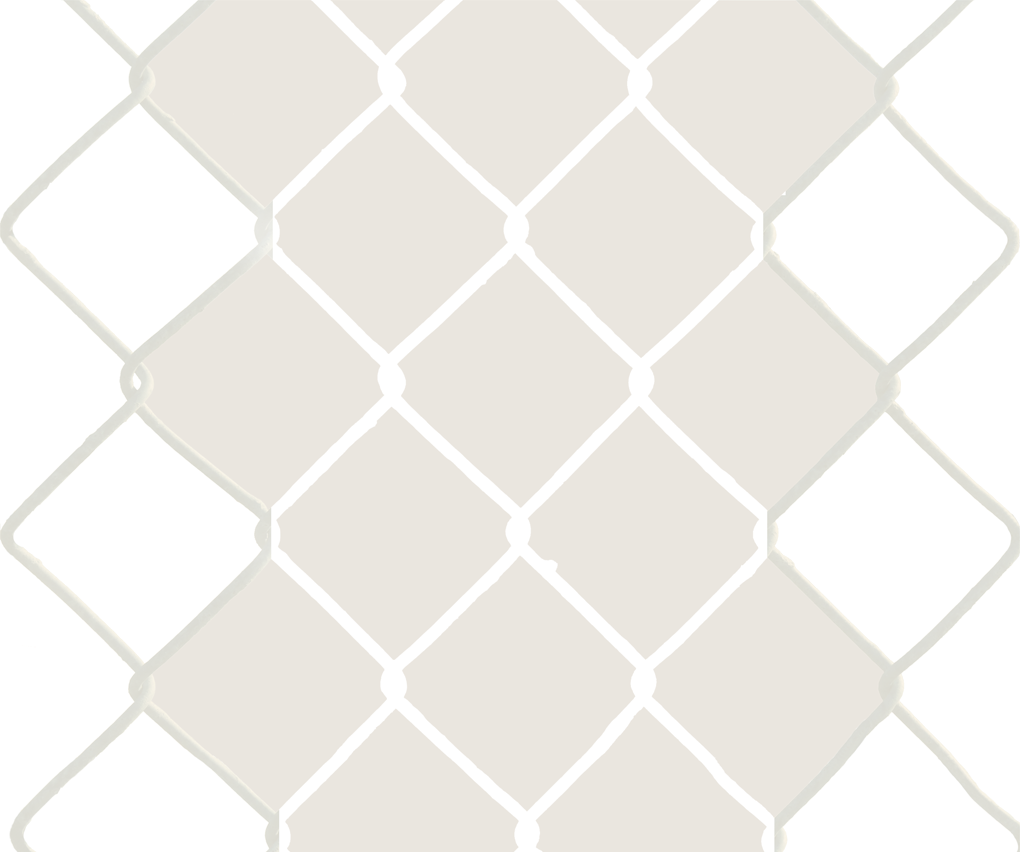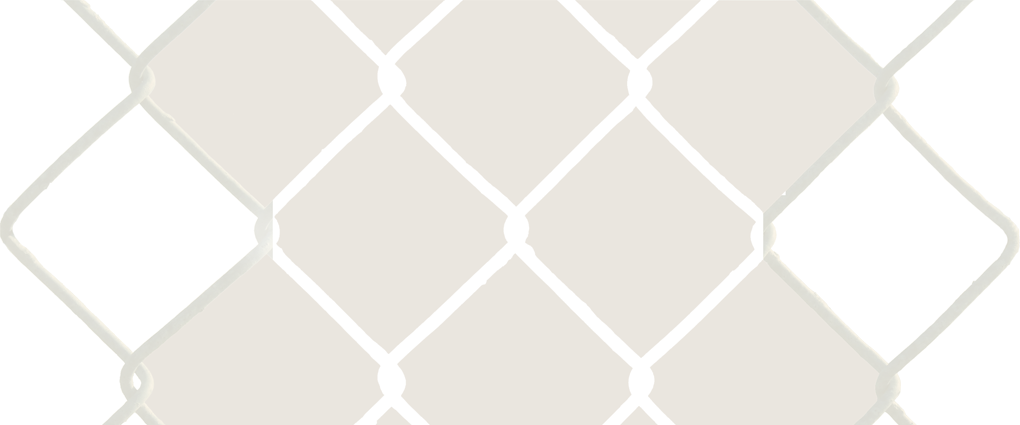

This text is by Julia Yezbick in her capacity and does not, necessarily, reflect the views of different infinite mile contributors, infinite mile co-founders, the authors' employers and/or other affiliations.
| Notes in the dark | ||||||||
reflections on the 53rd Ann Arbor Film Festival1 |
||||||||
It is dark. *** The shoreline or seaside is a space that evokes both contemplation and confrontation. It is a space of violent encounter and calm submission. Of conquest and loss. Of power and futility. The sea and the land define each other in a constant battle over territory and definition. Carving out each other’s mutual existence in an eternal frenzied dance. It is inherently an uneasy, tumultuous meeting; yet comforting in its consistency of change. ***
“I like making work for darkness” said Jane Cassidy as she addressed the crowd of people stuffed into the small hallway in the basement of the Work Gallery. Her projection installations evoked Anthony McCall’s Line Describing a Cone (1973), a seminal work of expanded cinema that drew attention to the projection beam as an emergent light sculpture, inverting the cinematic experience by removing the screen as well as any referent to a past and locating the piece as manifest in the present —the space of the beam, rather than where it falls. Cassidy’s Square Ball and Purple Tinged Pearl Buttoned Bangled-Billy clearly built upon McCall’s work, but departed from it by adding a score, a pre-recorded and composed track that renders the piece of "visual music” as existing in both a past (pre-recorded time) and present (light beam). In this way, her works were in dialogue with the “faulty chronometer” of Tacita Dean’s muse and failed yacht-man, Donald Crowhurst, whose ruined sea vessel, the Teignmouth Electron, is the subject of her short film by the same name (2000). Like much of Dean’s work, Disappearance at Sea (1996) was made for the gallery but here presented in the cinema. Disappearance at Sea (1996) is a 14-minute film of a lighthouse light circulating, the mirror and prisms refracting and challenging the light of a setting sun. As independent curator, Aily Nash, pointed out in her introduction, this piece when installed in a gallery mimics the lighthouse, casting a beam of light through the space in which the viewer freely moves. The projector-beam as beacon echoed Cassidy’s projections and reflected the relationship between the gallery and the cinema. The projector beam transverses these spaces as a tactical and tactile orientational or way-finding device, guiding us from the black box to the white cube and back again, moving us with the tide.
As an “experimental” film festival, the AAFF celebrates and exhibits cinematic arts that both metaphorically and literally expand beyond the limitations of the screen and the frame. Two featured filmmakers in attendance, British artist Tacita Dean and Polish animator, poet and musician Wojciech Bąkowski, enunciated the ways in which the cinematic reaches beyond the screen in different ways. While Dean’s work uses the materiality of film to confront the viewer with the specificities of the medium, Wojciech Bąkowski’s minimalist animations reach beyond the screen in intensely affective ways. Wojciech Bąkowski’s program was, for me, the highlight of the festival. This artist has a truly singular practice; an unparalleled ability to present affect with an accuracy that shocks and seduces. His minimalist, crude animations are mostly abstract but the absolutely compelling nature of the affective fabric of his films tempts descriptions of realism if based solely on the nature of their unanswerable potency. The emotion is real, dryly delivered and yet flirtatious and coy. Bąkowski’s voice-over often comments directly upon the images that are presented on the screen: “I filmed a Tuesday; a dark energy-saving Tuesday.” Or: “… this is a tunnel made of my sleep.” Or: “these are different occasions of listening to the same song.” In this way, he pulls you into his seemingly lonely interior monologues, and makes you feel his existential worlds as if your own. His works focus on mundane moments- “reality of the lowest rank”2: sitting in a bathtub, staring at a wall, the lapses of time between sleeping, dreaming, and waking. He reveals that in these moments we are closest to our selves; and in a beautiful paradox, he makes us all intimately alone, together. ***
The first Films in Competition program set the stage for another broad thematic to emerge from the festival. While many of these films were set on the seaside as well, they also collectively articulated another space that permeated the festival programming; that of a landscape devoid and abandoned by its former (perhaps human) occupants. Whether situated in post-Fukushima Japan, or post-colonial Mozambique, abandonment effected by contamination or colonialism, natural disaster or war, was a common feature of many of the films. Landscapes reigned supreme as post-apocalyptic spaces of desertion spoke provocatively through their absences. This markedly post-humanist penchant left lots of room for the menagerie of animals to occupy the screen, painting a sort of post-diluvian Noah’s ark where the human form is reflected only through the remains of failed attempts to conquer and control time, nature, and each other.3 *** Nearing the end of the week, these post-humanist meanderings and ruminations were cast headlong into a world where political responsibilities are again thrust at our feet, demanding an annihilation of apathy. Jill Godmillow tirelessly rouses us with What Farocki Taught (1998), and Farocki’s own Images of the World and the Inscription of War (1988) speaks to the dangers of collective blindness, intentional or otherwise. Aptly led with a quote from The Communist Manifesto
Louis Henderson’s All That is Solid and Basma Alsharif’s O, Persecuted, seem to craft an aesthetics of politics for the digital age and demand through image what was said explicitly in Bruno Varelo’s Volatilidad: “Please don’t look away from the images. Please don’t look away from the images.” With this, we are again reminded that we collectively bear the responsibility of the shape our worlds, that images are weighed down by politics and that we are as beholden to that which we can see as to that which we cannot. *** The elderly couple stands waiting in the aisle, hoping their eyes will adjust to the darkness. |






